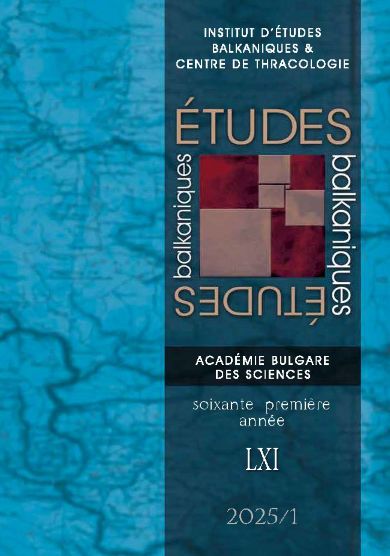DEVTASHLAR, GROUP 26 IN THE FIELD OF PLISKA
DEVTASHLAR, GROUP 26 IN THE FIELD OF PLISKA
Author(s): Мariela InkovaSubject(s): History, Anthropology, Social Sciences, Archaeology, Ethnohistory, Military history, Political history, Middle Ages, 6th to 12th Centuries
Published by: Институт за балканистика с Център по тракология - Българска академия на науките
Keywords: Devtashlar; ancestor cult; pagan religion; proto-Bulgarians; pottery; Cumans;
Summary/Abstract: Although the early medieval Bulgarian commemorative monuments, now known by the Turkish word “devtashlar” (pl.), have been studied for more than a century, few of them are systematically excavated. They represent groups of large stone blocks with an irregular parallelepiped shape, in most cases standing in rows along the cardinal directions. They are concentrated in the Pliska field, but mostly by the road sleading from Pliska to the two large earthen fortifications at Kabiyuk and the Stan village. The devtashlar of Group 26 are located east of Zlatna Niva village, Shumen region. The context of all the 27 preserved megaliths has been studied. They are set in 7 by 7 rows, facing northeast. In front of most of them, a small area of levelled stone was cleared, with animal bones and early medieval pottery from the 8th – first half of the 9th centuries, evidence of ritual practices. The quarries in the Pliska area were established and the mass of the stones, exceeding 6 tons. This suggests that the formation of the separate groups of devtashlar was the result of organised and long-term centralised activity connected with official practice in the pagan Bulgarian state on the Lower Danube.
Journal: Études balkaniques
- Issue Year: 2025
- Issue No: 1
- Page Range: 173-230
- Page Count: 58
- Language: English
- Content File-PDF

